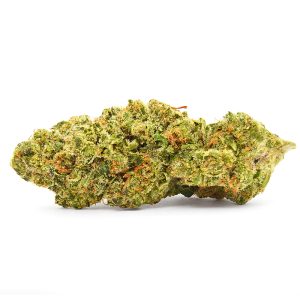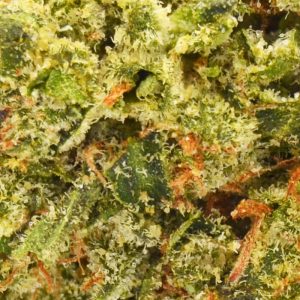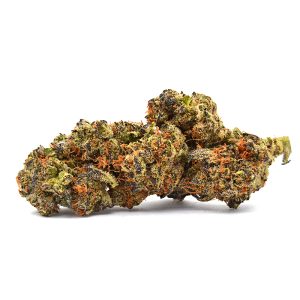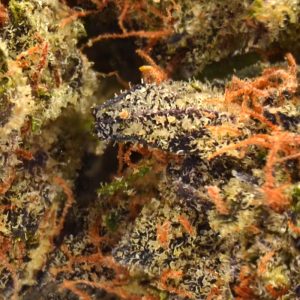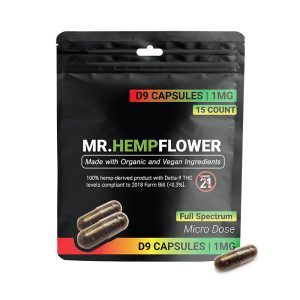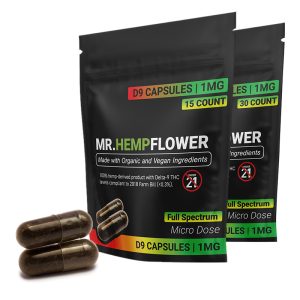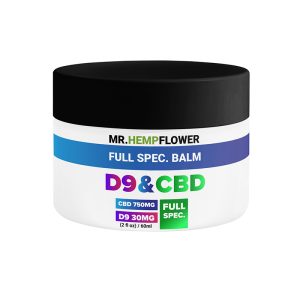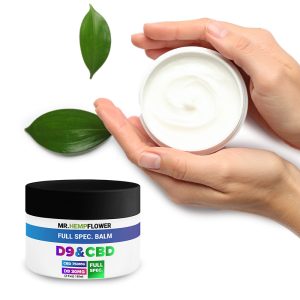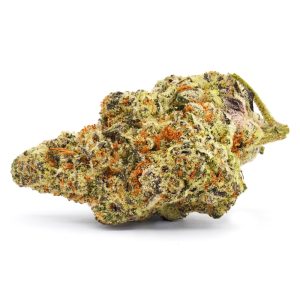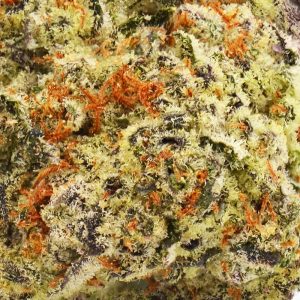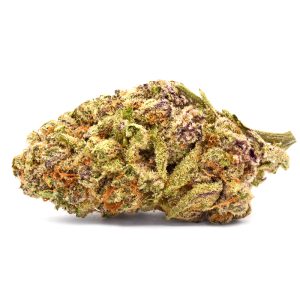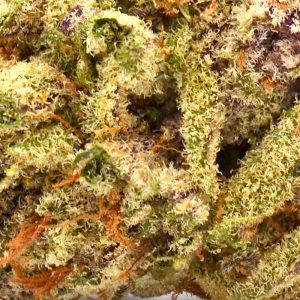Hemp, North America’s staple plant grown by farmers and presidents alike, was banned for nearly five decades before being legalized commercially under the 2018 Farm Bill.
Hemp is the non-intoxicating cannabis variety with 0.3% delta 9 THC or less, which, unlike marijuana, has many practical uses. This crop can grow on almost any type of soil but produces the most high-quality yields when cultivated on nourished soil. Here’s a brief history of the hemp plant in the US and its modern legalization.
When Did Hemp Come to North America?
North America has a long and well-documented history of hemp cultivation.
Records show that English settlers first introduced the crop to colonial America in the 1600s. More specifically, it has been noted that Sir Thomas Dale was the first to bring industrial hemp from England to Jamestown, colonial Virginia, in 1611.
In the United States, hemp was grown for a multitude of reasons, including the production of rope, paper, food, lantern oil, fuel, and clothing. In the 1700s, hemp was grown alongside tobacco in a blossoming economy heavily driven by agriculture.
The production of hemp was crucial for the functioning and success of the British Navy, which used hemp rope for their ships. But, hemp production didn’t come naturally to the colonies because England legally mandated it. In the 1600s, all English colonies had to grow one acre of hemp on their property, or a fine awaited. Because hemp required arduous labor, plus it spread a pungent smell, it was more convenient for them to delegate it to their colonies.
Hemp’s cultivation continued throughout the years as America built an industry around the crop. In the 1760s, Founding Father George Washington grew hemp on his Mouth Vernon farm, using it as a repair material for his fishing nets. Hemp played such an important role in that society that it could be used as a currency to pay taxes.
The attitude towards hemp changed in the 1900s when the world economy started offering cheaper foreign sources of hemp fiber, especially Russian.
By 1920, Wisconsin was the leader in hemp acreage and production, having nine mills, which was nearly twice than the rest of the states combined. The production of hemp at scale in Wisconsin was the result of joint efforts between federal and state authorities, university scientists, and farmers. The final year of commercial hemp production in Wisconsin was 1957.
During World War II, domestic hemp production reached its peak thanks to enormous demand, particularly for naval rope. Records show the importance of the crop during this time, as the slogan “Hemp for Victory” spread among the people. After the war ended, the federal government dropped every interest in the production of industrial hemp, allowing cheap foreign fibers to permeate the market.
Why Did Hemp Get Banned in the 1990s?
Hemp got banned in North America in the twentieth century for two reasons: political interest and the war on drugs.
The staple crop survived World War II, but it lost its battle when a very influential man called William Randolph Hearst — the owner of the largest US newspaper and media outlet in the 1920s — started an agenda against the plant. Hearst became a politician later in his life, but an interesting thing about him is that he owned acreage of trees.
William Hearst knew that the paper they’ve been producing from trees could be made using a far more efficient process using hemp. As hemp became more of a threat to this man’s business, he used his position of power to demonize industrial hemp after all those years of practical use.
Hearst was pretty strategic with his plan, and instead of attacking hemp directly, he started propaganda against ‘marijuana,’ linking it to drug use and promiscuity. So, when hemp became illegal, it was because it resembles marijuana.
In his fight against ‘marijuana,’ he had influential allies — Harry Anslinger.
In the 1930s, Anslinger was a US politician who held the same views on hemp as Hearst. Anslinger was head of an organization with a similar role to modern-day DEA and got fully involved in spreading the propaganda on hemp. Due to the influential roles of these two men, the agenda against ‘marijuana’ led to the adoption of the Marijuana Tax Act in 1937.
The Marijuana Tax Act didn’t illegalize cannabis but imposed high taxes, making its production extremely challenging, especially for hemp farmers.
During the following years, hemp’s association with marijuana grew, and Wisconsin — once the state with the biggest hemp acreage and production in North America — had no buyers for the crop in the 1950s. This led to the last hemp mill in the state being closed in 1957.
Eventually, the agenda against hemp paved the way for its final prohibition under the Controlled Substances Act in 1970, signed by Richard Nixon. The Act abolished the approach of taxing the production of hemp and made all cannabis illegal. Although chemically different, hemp was prohibited due to its association and resemblance to marijuana.
Hemp’s Big Return to North America in the 21st Century
The 2014 Farm Bill reintroduced hemp into North America after nearly half a century of prohibition. This piece of legislation allowed the cultivation of hemp by state departments of agriculture or universities as part of a research or pilot program.
Finally, the 2018 Farm Bill legalized the hemp plant and directed the United States Department of Agriculture (USDA) to establish a national framework for the cultivation and production of hemp in the US. The 2018 Farm Bill reclassified hemp by separating it from the definition of marijuana and the Controlled Substances Act. Hemp became an agricultural product.
Hemp is now defined as Cannabis sativa L. with a delta 9 THC concentration of less than 0.3% on a dry weight basis. Hemp’s return has been so successful that by 2019, the US has become one of the world’s largest producers of the crop, following China and Canada.
FAQs
When was hemp first used in America?
The 1963 study Hemp in Colonial Virginia documents that Sir Thomas Dale first brought hemp to North America in Jamestown in 1611.
When did the US stop growing hemp?
The 1937 Marijuana Tax Act hindered hemp cultivation due to heavy taxes. Still, it was completely prohibited in the 1970s when the crop was officially considered illegal due to its resemblance to marijuana.
Why did America stop using hemp?
After the Controlled Substances Act of 1970, industrial hemp was banned in the US because the Act made all cannabis illegal.
How was hemp used in the US?
Farmers and presidents alike grew hemp in America, which was then used to make rope, paper, fuel for plants, clothing, and other goods.


